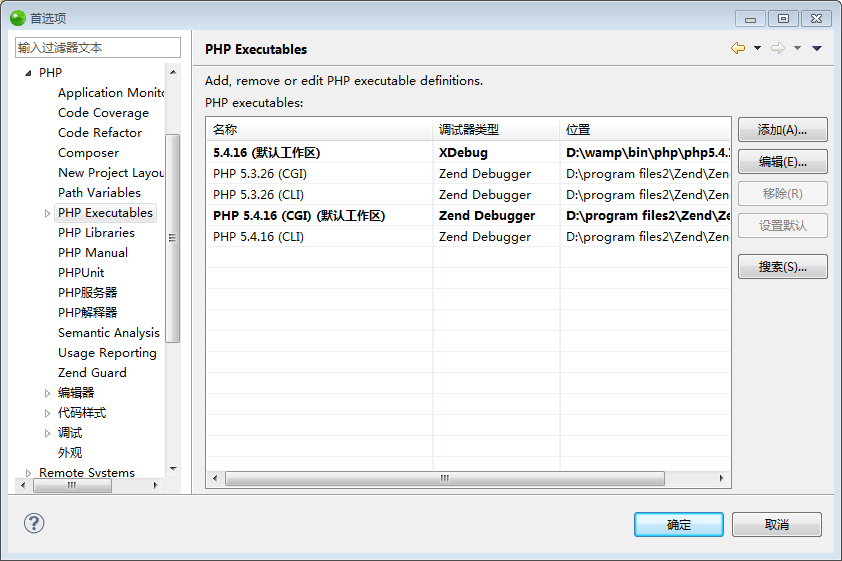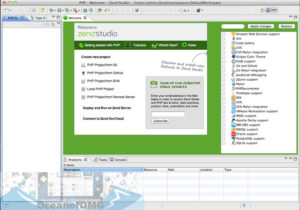

ZEND STUDIO PHP 5.3 WINDOWS
The Windows non-thread safe binary is only used with Zend Core 2.0. To load the Zend Debugger, add the following line (which corresponds to your operating system) to your php.ini file: 4.3.x, 4.4.x, 5.0.x, 5.1.x, 5.2.x, 5.3.x).Ĭopy the file to your Web server in a location that is accessible by the Web server.
ZEND STUDIO PHP 5.3 INSTALL
To install the Zend Debugger on your server:ĭownload the Studio Web Debugger package which corresponds to your operating system from. The Zend Debugger is the PHP extension which should be installed on your Web server in order to perform optimal remote debugging and profiling using Zend Studio, and can be downloaded as a standalone package and installed onto your server. The directory structure matches the namespacing directly with application being the root folder (root folder can be changed by setting moduleDirectory in application config).You are here: User Guide > Tasks > Profiling Files and Applications > Installing the Zend Debugger Installing the Zend Debugger To give an idea of what a controller will look like with namespaces, see the IndexController in the Core module. The Core module replaces default as the default module since 'default' is a reserved word in PHP and cannot be used as a namespace. Inside each module you should have 'Controller' and 'View' namespaces/directories and then any others that you need to add ('Model', 'Form', 'Validator', etc.) Blog) are what will become your application's modules. The application root (or the module directory if specified) will become the root namespace \.

In all cases, the namespaces match the directory structure (just replace '' with '/' and add '.php' to the end).Īll of the files in your application directory should be namespaced. ZF's module resource autoloader was inconsistent (Blog_IndexController vs Blog_Model_Article), but since we're now using a namespace autoloader, we don't have to worry about trying to figure out where the autoloader is trying to find things. Note: this is only necessary if your application bootstrap needs to load resources from your Core module. Your application bootstrap should add 'Core' to the autoloader as in Bootstrap.php.Change your application bootstrap to extend \ZendX\Application53\Application\Bootstrap.In your index.php or wherever you instantiate Zend_Application, replace the Zend_Application with \ZendX\Application53\Application (make sure the require is correct as well).Change the directory structure to match what is shown in the 'Application Structure' section.See the 'Namespacing' section for details. Add namespace to all of your project files.The following should be done to a new (or existing) ZF application to make it a 5.3 application: ZendX_Application53 tries to make the process of setting up an application with 5.3 namespaces as simple as possible. The resource autoloader has been removed and instead we just add namespaces to Zend_Loader_Autoloader. To simplify autoloading, the directory structure has been changed to match the application namespaces directly. This library's primary goal is extending Zend_Application to use PHP 5.3 namespaces.


 0 kommentar(er)
0 kommentar(er)
